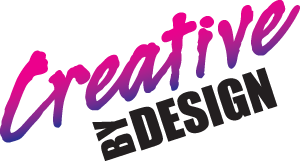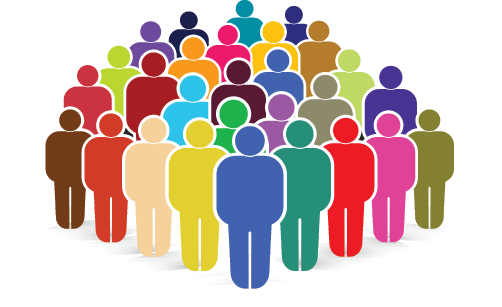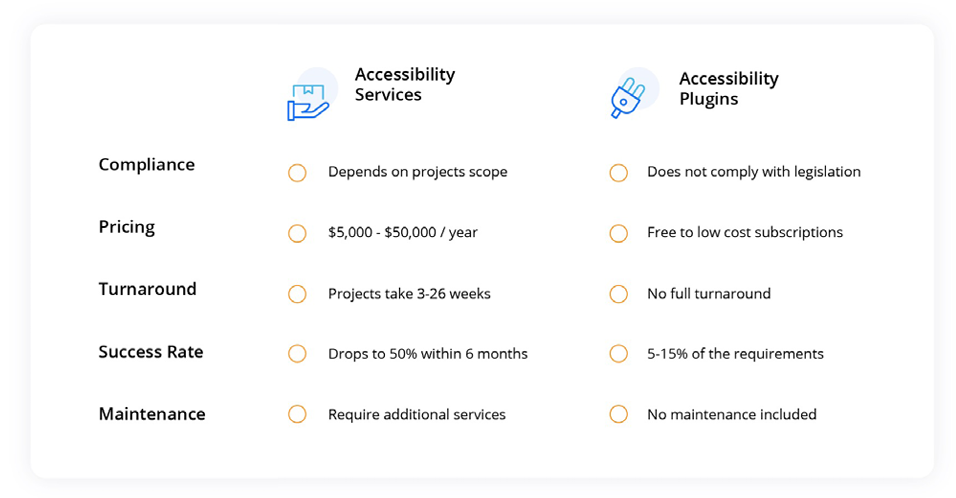I wish I could tell you that the exponential increase in demand for web accessibility has been a result of everyone coming to understand that business owners and people with disabilities have so much to mutually gain from this endeavor.
Frankly, ADA compliance lawsuits are on nothing short of an intense rise. 200% year over year, with reports of 10’s of thousands of demand letters and lawsuits, targeting businesses of all sizes. At first, only the largest of enterprises and government institutions were legally pressured to become accessible, which makes sense. One of the most significant shifts in the legal climate was when the DOJ officially affirmed that all websites are considered public accommodations. Many did not think for a second that it will ever happen to them, but that was not the case at all.
In fact, 2019 ended up tripling 2018 in the number of papers served. This means that for every business hour in 2019, a business was served for not being web accessible. You will also find that in almost every situation, the plaintiff wins the case on its merits because it’s a strict liability law and judges are often understandably sympathetic to people with disabilities who really only want equal rights. There is virtually no chance of winning an ADA case when you’re not compliant. The lawyers simply advise their clients to write a check since there is no point in fighting it.
A quick example of what’s going on as well: A visually impaired woman from Broward County, Florida sued 175 business owners several of which closed down as a result.
Now in the 2020 Covid era, we’re seeing those in quarantine have less access to physical locations and amenities, and they are finding more difficulty in accessing the web for essential services.






